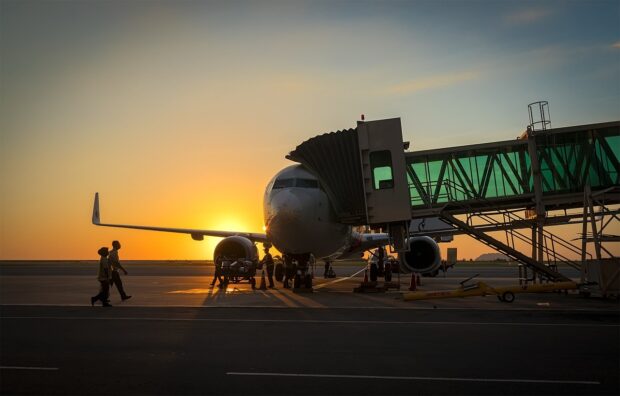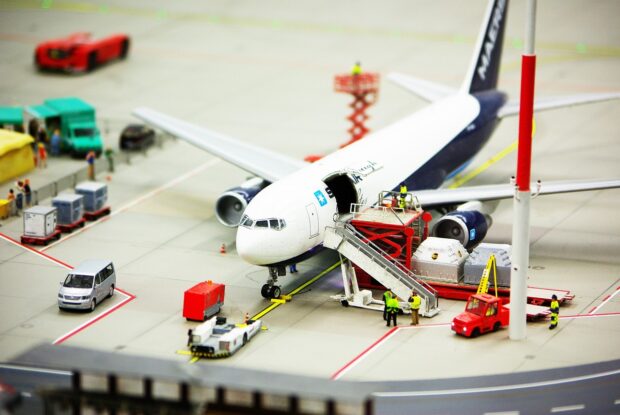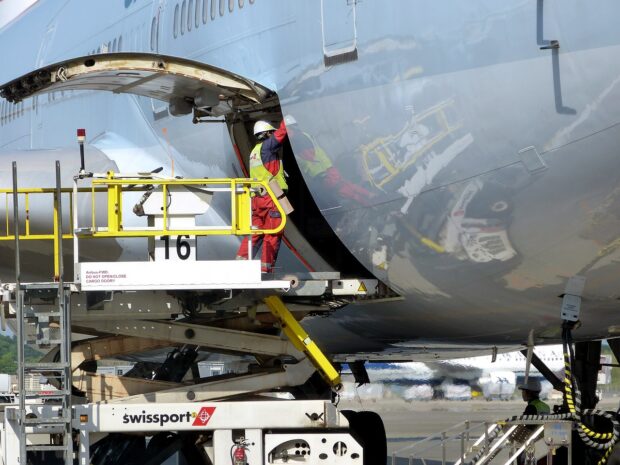Ever wondered about the bustling activity on the airport tarmac as you prepare to board your flight? Behind the scenes, ramp workers orchestrate a carefully choreographed routine, ensuring that your journey takes off smoothly as you step onto the jet bridge. A world of activity unfolds outside, where these dedicated individuals perform an array of essential tasks to guarantee a safe and efficient departure.
Coordinating Ground Operations
Ramp workers, pivotal in the seamless functioning of air travel, undertake the coordination of diverse ground operations at the airport. This critical role encompasses liaising with air traffic control, pilots, and ground services to synchronize activities on the tarmac. It involves overseeing the efficient operation of aircraft ground power units (AC GPU), which provide necessary power to aircraft during pre-flight operations, encompassing functions like lighting, air conditioning, and overall systems checks. Effective coordination guarantees that the aircraft is adequately fueled, loaded with cargo and passengers, and positioned correctly on the runway for takeoff, aligning with the aviation industry’s stringent safety and efficiency standards.

Baggage Handling and Loading
Ramp workers oversee the careful handling of passengers’ luggage, ensuring it adheres to aviation regulations and safety standards. They organize baggage, meticulously tagging and sorting it for accurate routing. Once sorted, the ramp workers efficiently load the luggage into the aircraft’s cargo hold, taking into account weight distribution and space optimization. This task demands precision to ensure a safe and balanced load within the aircraft, aligning with the flight’s operational requirements.

Aircraft Maintenance Checks
Ramp workers conduct thorough visual inspections of the aircraft’s exterior before passenger boarding. The goal of this thorough inspection is to find any obvious evidence of wear, damage, or anomalies. They focus on critical areas such as wings, engines, landing gear, and control surfaces, ensuring they are in optimal condition for safe flight. The workers adhere to a structured checklist to cover all essential aspects, providing an additional layer of safety assurance. Any discrepancies or concerns discovered during this inspection are promptly reported to maintenance personnel for further evaluation and necessary repairs.

Pushback and Positioning
Ramp workers play a crucial role in the pushback and positioning of aircraft before departure. Following precise instructions from the cockpit, they operate specialized tugs to gently push the aircraft away from the gate, guiding its movement on the tarmac. This maneuver allows the aircraft to be positioned optimally for taxiing, aligning with the flight plan and air traffic control instructions. The workers ensure a smooth transition, maintaining a safe distance from other aircraft and ground structures during the pushback process, contributing to the overall efficiency and punctuality of the flight schedule.
Loading Catering and Supplies
Ramp workers oversee the loading of catering and essential supplies onto the aircraft, a pivotal task in ensuring passenger comfort and service during the flight. The carefully coordinated loading process includes stocking the aircraft with food, beverages, cutlery, and other amenities required for the journey. Following established protocols, workers confirm the accurate provision of catering items based on the flight’s duration and passenger count. This meticulous organization guarantees that passengers have access to the necessary provisions and amenities, enhancing their overall in-flight experience.
Final Boarding Preparations
Ramp workers, in the concluding phase of pre-flight operations, conduct a series of essential tasks to ensure the aircraft is ready for passenger boarding. They meticulously check and reconfirm the completion of various pre-boarding tasks, ensuring the aircraft is in optimal condition for departure. This includes confirming the loading of baggage, catering, and other supplies, conducting final safety inspections, and verifying that all systems are functioning correctly. The workers also coordinate with flight and ground personnel to ensure a synchronized and efficient boarding process for passengers, enhancing the punctuality and smooth flow of the flight schedule.
Conclusion
Their meticulous tasks, from luggage handling to aircraft maintenance, form the foundation of your safe and enjoyable journey. The precision in loading baggage, fueling the aircraft, and positioning it for departure is the result of their diligent coordination. Keep in mind that their attention to detail guarantees that your flight meets the highest levels of efficiency and safety. So, the next time you board a flight, acknowledge the silent workforce on the tarmac, working diligently to set your journey in motion.
